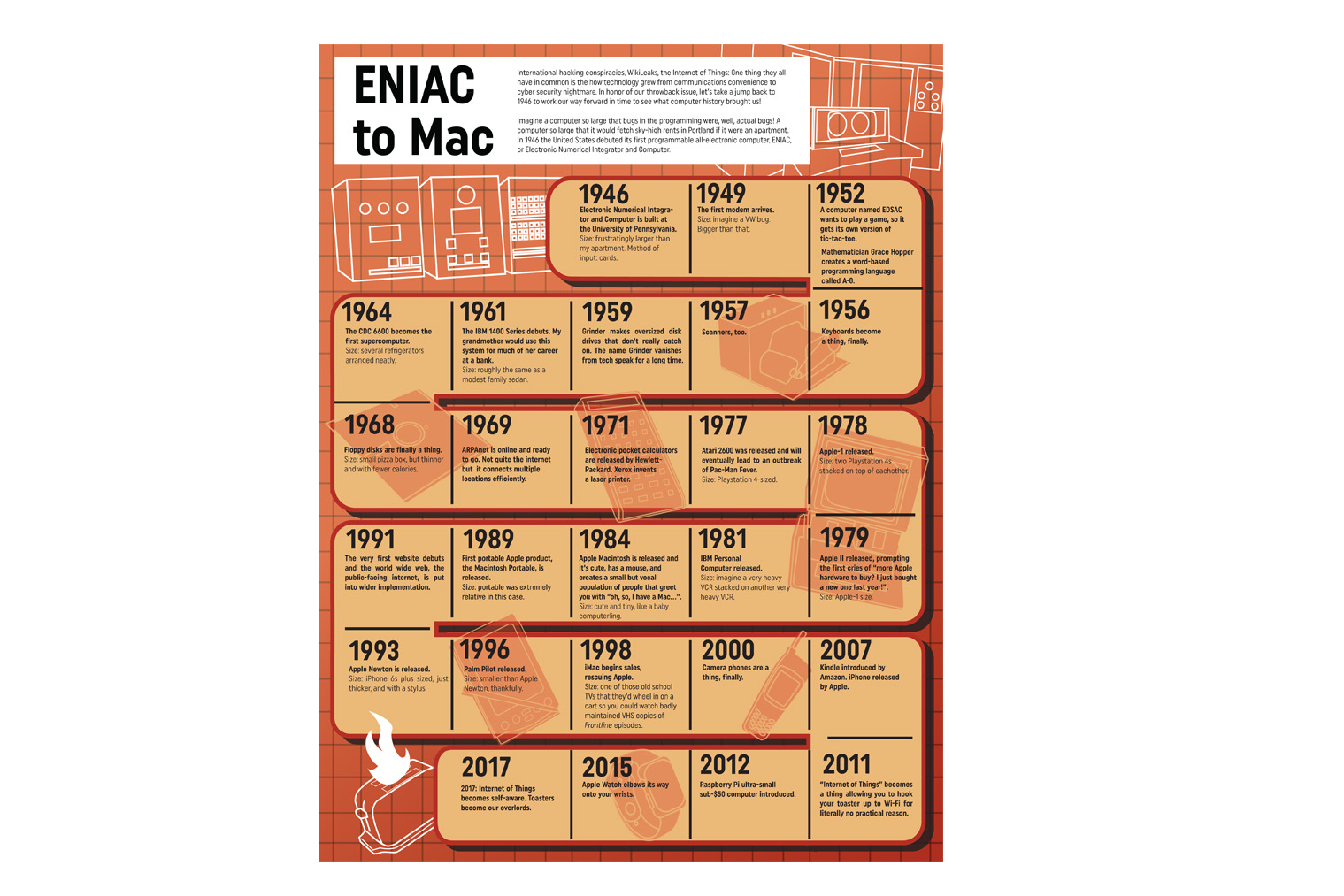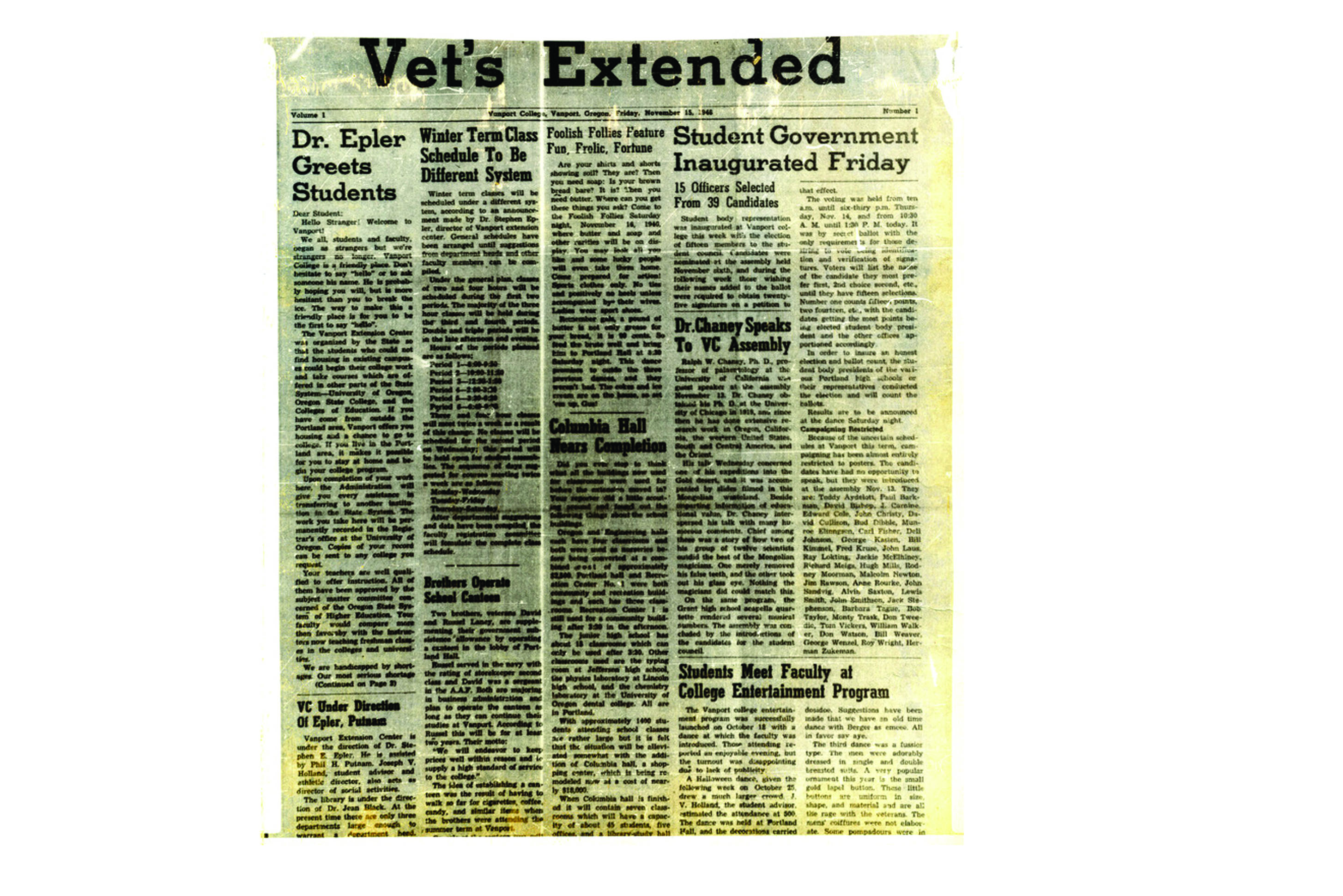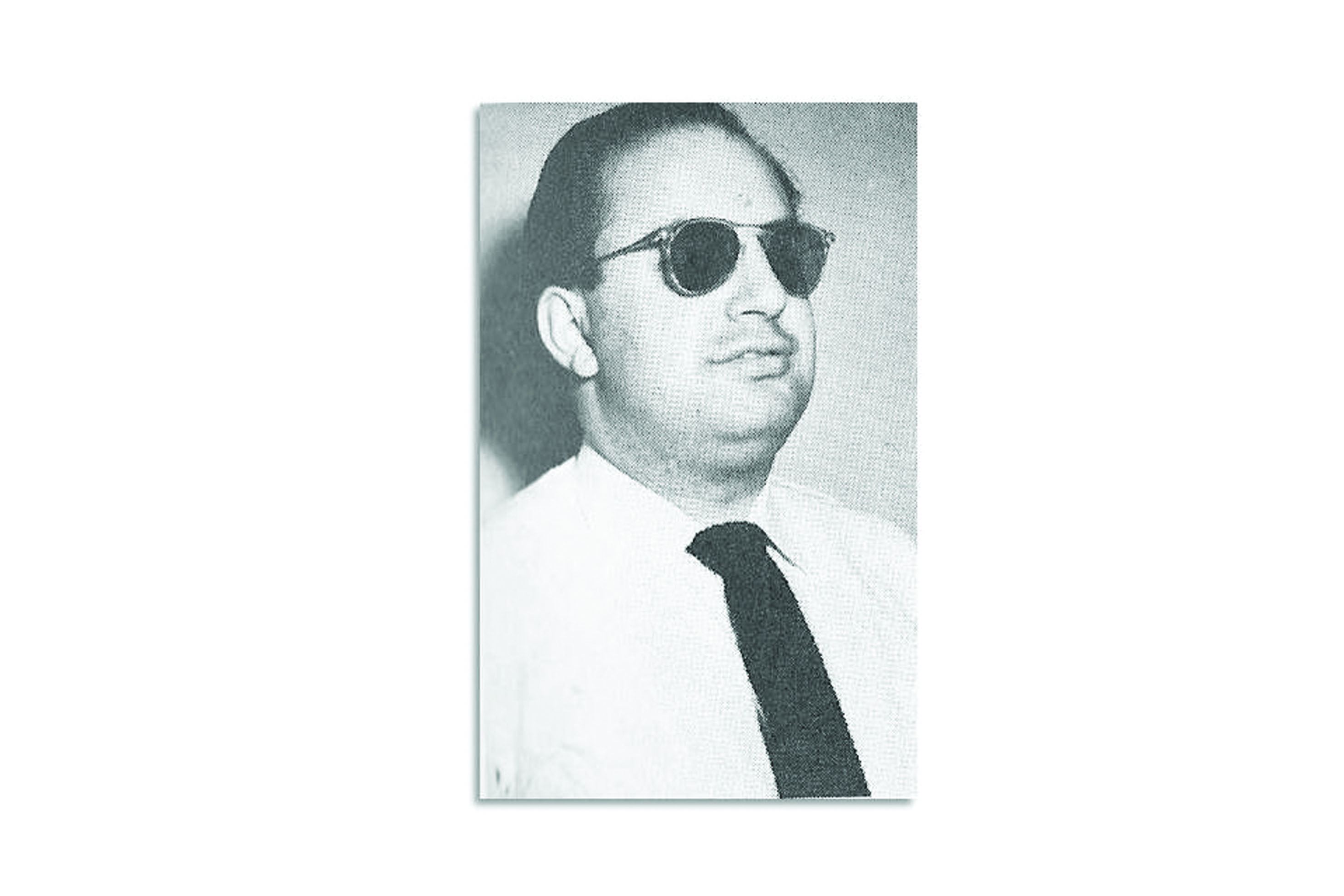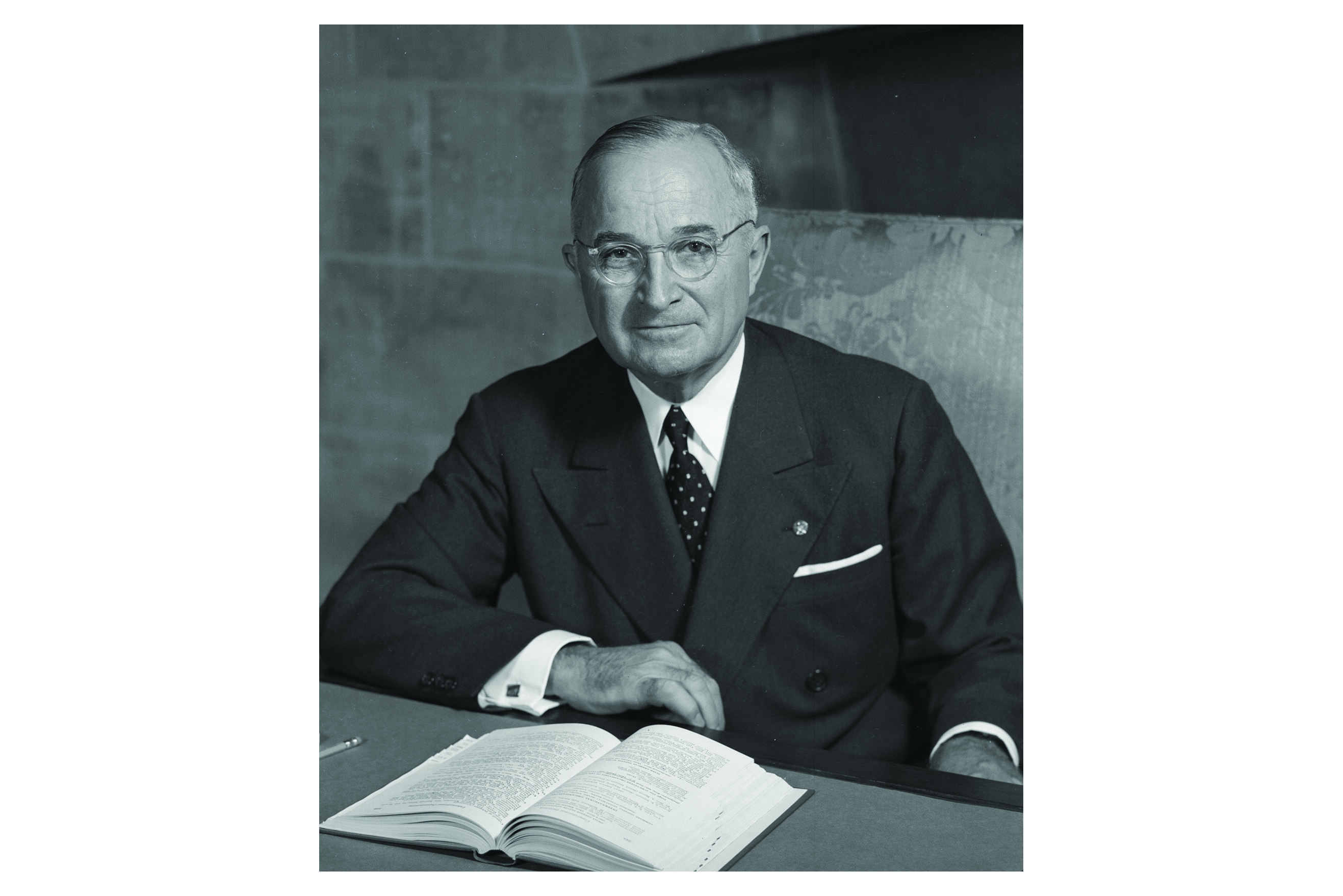International hacking conspiracies, Wikileaks, the internet of things: What they all have in common is technology’s transformation from communications convenience to cyber security nightmare. In honor of our throwback issue, let’s take a jump back to 1946 and work our way forward in time to see what computer history has brought us!
Imagine a computer so large that bugs in the programming were, well, actual bugs! A computer so large it would fetch sky-high rents in Portland if it were an apartment. In 1946, the United States debuted its first programmable all-electronic computer, ENIAC, or Electronic Numerical Integrator and Computer.
1946: ENIAC is built at the University of Pennsylvania
Size: Frustratingly larger than my apartment
Method of input: Cards
1949: The first modem arrives
Size: Imagine a VW bug—bigger than that
1952: A computer named EDSAC (electronic delay storage automatic calculator) wants to play a game—it gets its own version of tic-tac-toe
1952: Mathematician Grace Hopper creates a word-based programming language called A-0
1956: Keyboards become a thing, finally
1957: Scanners, too
1959: Grinder makes oversized disk drives that don’t really catch on—the name Grinder vanishes from tech speak for a long time
1961: The International Business Machines (IBM) 1400 Series debuts—my grandmother will use this system for much of her career at a bank
Size: Roughly the same as a modest family sedan
1964: The Control Data Corporation (CDC) 6600 becomes the first supercomputer
Size: Several refrigerators arranged neatly
1968: Floppy disks are finally a thing
Size: Small pizza box, but thinner and with fewer calories
1969: The Advanced Research Projects Agency Network (ARPAnet) is online and ready to go—not quite the internet but it connects multiple locations efficiently
1971: Electronic pocket calculators are released by Hewlett-Packard. Xerox invents a laser printer
1977: Atari 2600 is released and eventually leads to an outbreak of Pac-Man fever
Size: Playstation 4-sized
1978: Apple-1 is released
Size: Two Playstation 4s stacked on top of each other
1979: Apple II released, prompting the first cries of “more Apple hardware to buy? I just bought a new one last year!”
Size: Apple-1 size
1981: IBM Personal Computer released
Size: Imagine a very heavy VCR stacked on another very heavy VCR
1984: Apple Macintosh is released—it’s cute, has a mouse, and creates a small but vocal population of people who greet you with “oh, so, I have a Mac…”
Size: Cute and tiny, like a baby computerling
1989: The first portable Apple product, the Macintosh Portable, is released
Size: Portable was extremely relative in this case
1991: The very first website debuts and the world wide web, the public-facing internet, is more widely implemented
1993: Apple Newton is released
Size: iPhone 6s-plus sized, just thicker, and with a stylus
1993: Intel Pentium processor is released and a whole new batch of personal computers arises
1996: Palm Pilot is released
Size: Smaller than Apple Newton, thankfully
1998: iMac begins sales, rescuing Apple
Size: One of those old school TVs that they’d wheel in on a cart so you could watch badly maintained VHS copies of Frontline episodes
2000: Camera phones are a thing, finally
2007: The Kindle is introduced by Amazon—iPhone released by Apple
2011: “Internet of Things” becomes a thing, allowing you to hook your toaster up to Wi-Fi for literally no practical reason
2012: Raspberry Pi, an ultra-small, sub-$50 computer is introduced
2015: Apple Watch elbows its way onto your wrist
2017: Internet of Things becomes self-aware—toasters become our overlords






